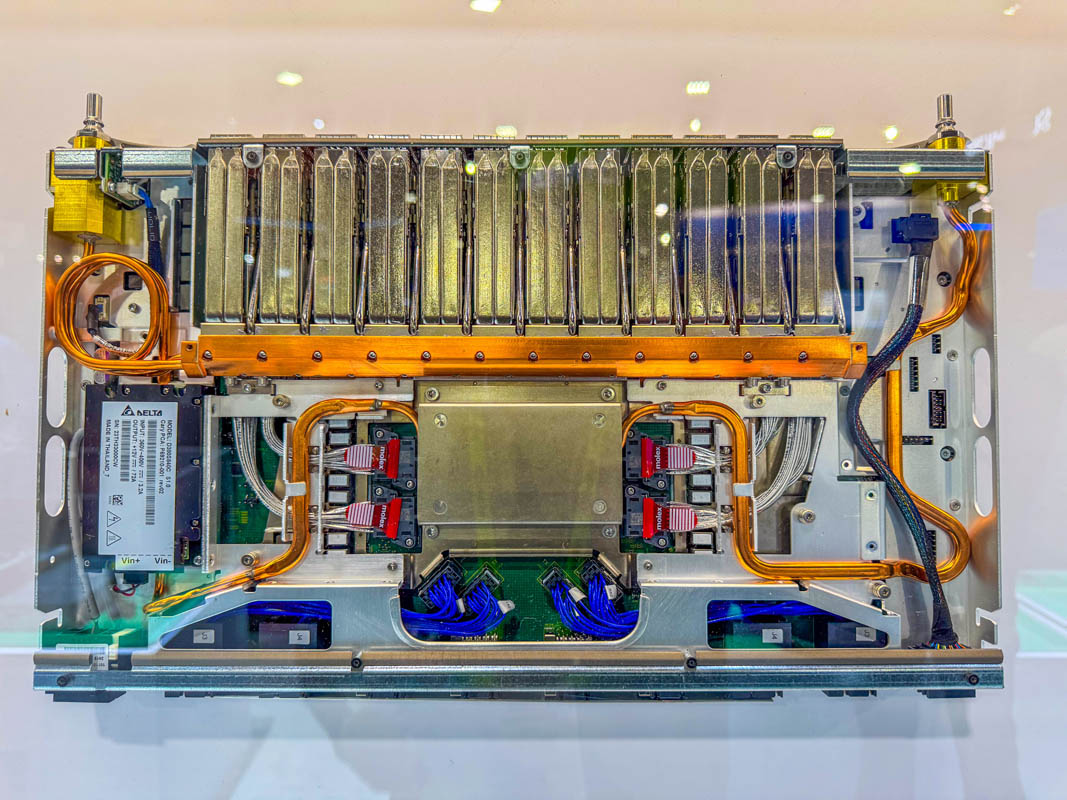
Turning automotive engines into modular chemical plants to make green fuels
Images for download on the MIT News office website are made available to non-commercial entities, press and the general public under a Creative Commons Attribution Non-Commercial No Derivatives license. You may not alter the images provided, other than to crop them to size. A credit line must be used when reproducing images; if one is not provided below, credit the images to "MIT."
Previous image Next image
Reducing methane emissions is a top priority in the fight against climate change because of its propensity to trap heat in the atmosphere: Methane’s warming effects are 84 times more potent than CO2 over a 20-year timescale.
And yet, as the main component of natural gas, methane is also a valuable fuel and a precursor to several important chemicals. The main barrier to using methane emissions to create carbon-negative materials is that human sources of methane gas — landfills, farms, and oil and gas wells — are relatively small and spread out across large areas, while traditional chemical processing facilities are huge and centralized. That makes it prohibitively expensive to capture, transport, and convert methane gas into anything useful. As a result, most companies burn or “flare” their methane at the site where it’s emitted, seeing it as a sunk cost and an environmental liability.














